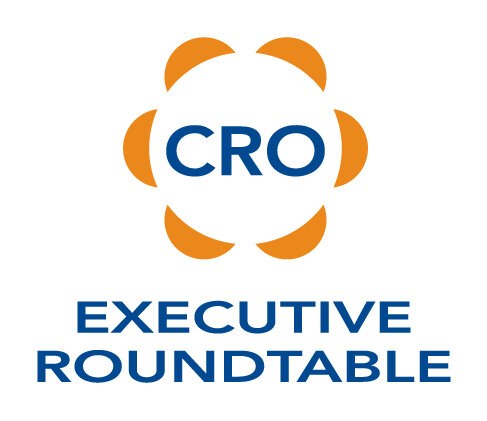By now you are underway with your 2020 sales forecast and hopefully your sales team is starting off strong. As all CRO’s know, the forecast is the scorecard for your revenue success for the year. Your forecast should anticipate your team’s success as they close deals throughout the year. If you reach December and your revenue is light for the year, you have failed to build a Bankable Forecast. What can you do today to ensure December is a celebration of your team’s success in 2020?
First off, your salespeople need to be hitting their quota, if not exceeding it. Your responsibility is to lead the team. This article provides some excellent suggestions in keeping your team on track.
For instance:
Step #2: Understand how your offerings fit into the competitive landscape.
Positioning changes when the market changes. When your competitive environment changes, create a new strategy and give your team the knowledge it needs to address the strategy with customers. Ask yourself the following questions:
-Where do you fit in the competitive landscape?
-Does your offering present a practical solution to customers?
-Are you the future?
-Are you a socially conscious choice?
-Are you the customer-service leader?
The competitive landscape changes, morphs, realigns at amazing speeds today. Legacy approaches with rigid structure are untenable in most competitive spaces today (unless you are a dominant market leader, I suppose). Take the time to reassess your place in your space and share your assessment with your team.
One more excerpt:
Step #7: Create individual sales plans and coach to them.
Sales coaching is necessary to keep salespeople on track and provide support to overcome common selling challenges.
Every salesperson needs a plan to hit revenue goals. Help them create a plan for finding new opportunities, growing existing accounts, leveraging referrals, and moving things through the funnel. Coaching can help them achieve success.
Stay involved. Coaching is one of the foundations of successful CRO’s. You must know how each salesperson is performing in the field - prospecting, qualifying, closing. CRO’s are a force multiplier - as you share your expertise, your team will expand that knowledge into closed deals. Your understanding of each salesperson’s sales strengths will lead into the crucial aspect of your Bankable Forecast.
Go for “no.” Sales forecasts are neutered by comatose deals welded to the forecast at a rolling, never closing, 90 days out. These ghost opportunities clutter your forecast with inaccurately inflated revenue. These opportunities must be rapidly qualified to a decision, or more likely purged from your forecast.
Salespeople have been known to inflate their forecasts as a buffer to being placed onto performance improvement plans. Many CRO’s have paused, when considering firing an under-performing salesperson, due to that salesperson’s large forecast. The assumption is that the low performer may just pull one of the deals in, but we won’t close any of them if I exit the low-performing salesperson. Those eventualities rarely occur. You are in a far stronger position if you keep your forecast bankable.
As you can see, your consistent involvement with each member of your sales team will provide you with the opportunity to monitor the accuracy of each salesperson’s forecast. The transition to a Bankable Forecast begins with weeding out the comatose deals and starting your sales team down the path of going for no.










